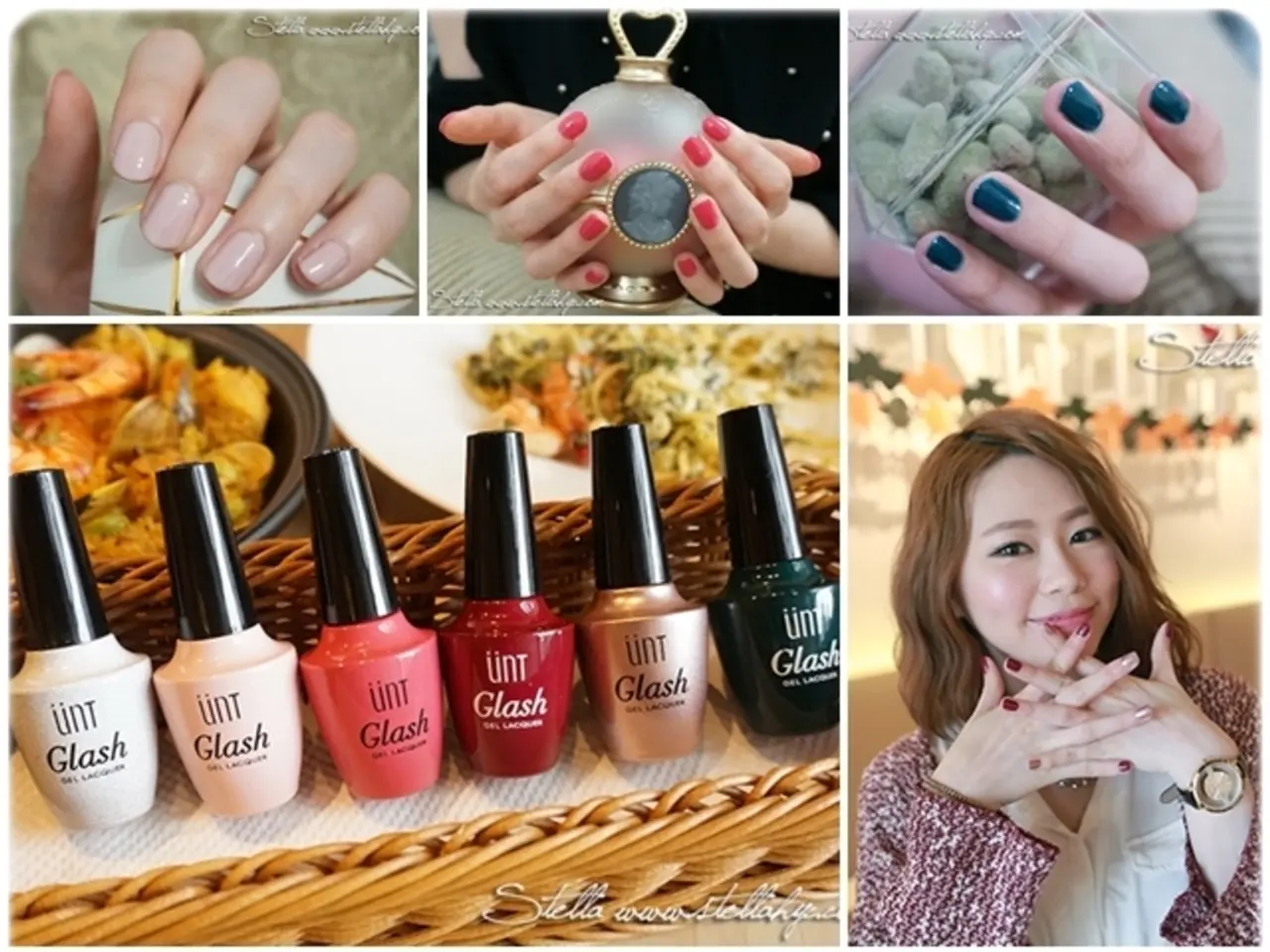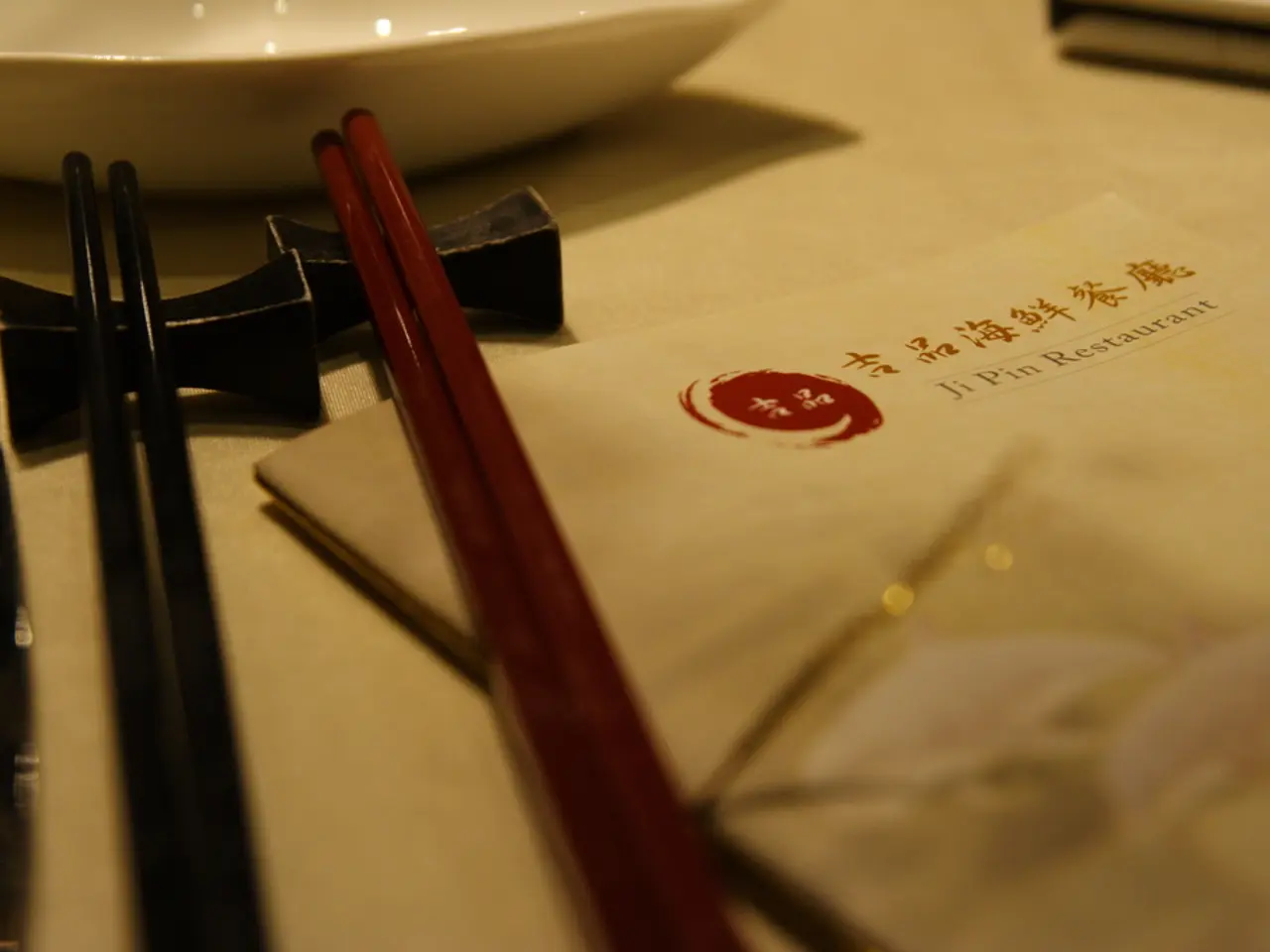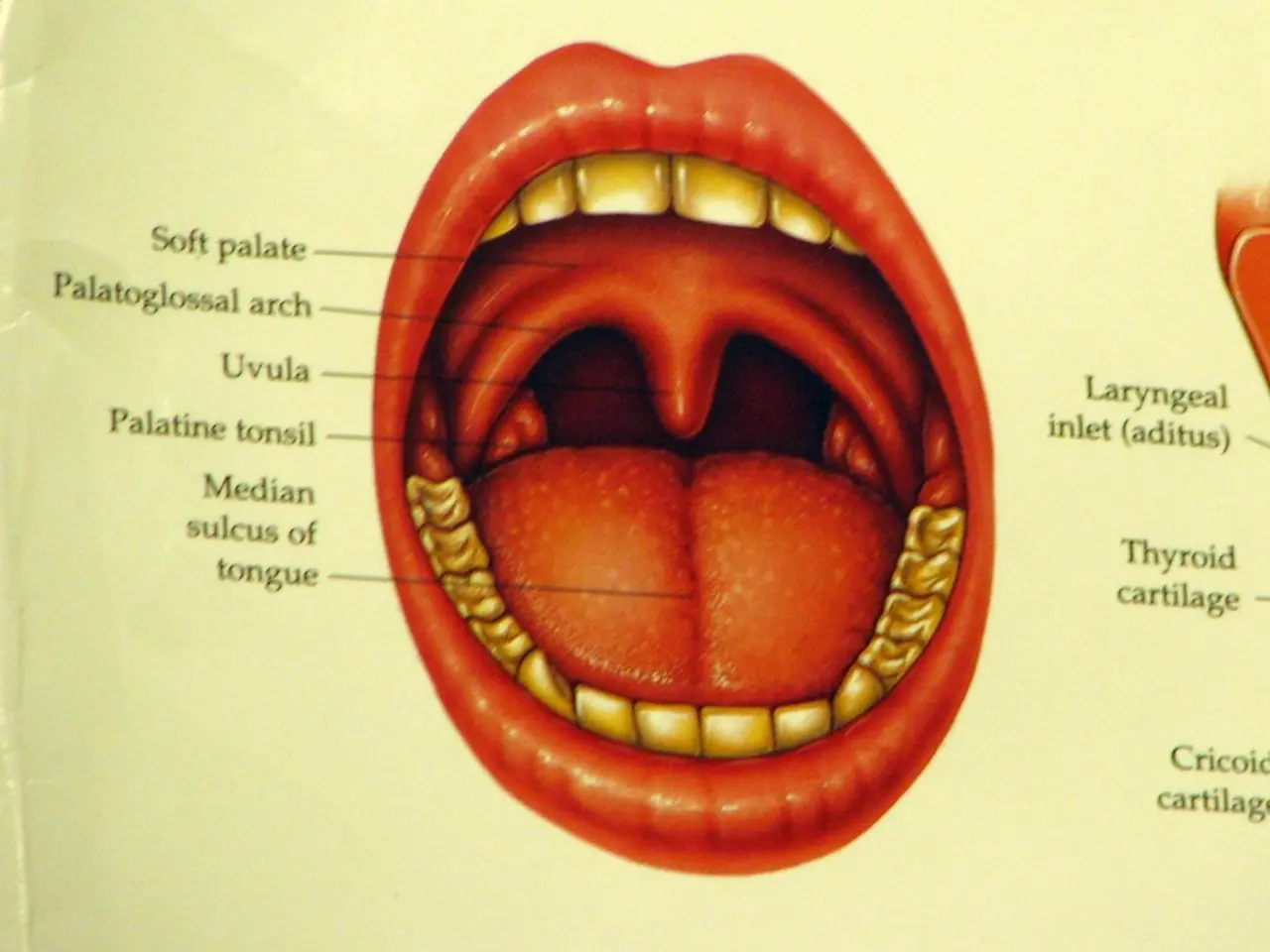Visual Guide to Common Nail Issues: Photos, Signs, and Remedies
In the world of nail health, various conditions can affect the appearance and wellbeing of our nails. From brittle splitting nails to ingrown toenails, understanding these conditions and their treatments is essential for maintaining good nail health.
One common nail condition is Nail Psoriasis, which occurs when psoriasis affects the skin of the nail bed or the area near the nail beds. Symptoms may include crumbling nails, changes in colour to yellow or brown, a buildup of skin under the nails, blood under the nail, or the nail separating from the bed. Treatments for Nail Psoriasis may include topical corticosteroids, corticosteroid injections, light therapies such as PUVA (psoralen + UVA) and laser treatment, and oral systemic medications for severe cases.
Another common issue is Brittle Splitting Nails, or Onychoschizia. Causes include repeatedly wetting and drying the nails, though less common causes may include iron deficiency or underlying illness. The most common remedy for brittle nails is for people to use moisturizer and keep the nails protected from chemicals and repeated exposure to water.
Onychogryphosis is a condition where the nail becomes overgrown and thick, often affecting the big toe. While no direct treatment is described in the sources, typical approaches involve professional trimming and filing by a podiatrist, treatment of any underlying infections, and in severe cases, partial or full nail removal.
Ingrown toenails can cause pain and swelling, and in some cases, they can become infected. Potential causes include genetics, not keeping nails trimmed, wearing tight socks or shoes, and physical injury. Treatments may include professional gentle correction and infection control, partial nail avulsion, or surgical intervention to prevent recurrence.
Nail Fungal Infections, or Onychomycosis, are a common condition that causes the nails to become thick, discolored, and easier to break. Treatments include prescription oral antifungals, topical antifungals, and nail avulsion in refractory cases. Nail regrowth takes months, with fingernails growing back in 6 months or more, and toenails taking 12-18 months.
Onycholysis is a condition where the nail separates from the nail bed, often due to local injury or underlying health conditions. Commonly associated with psoriasis and fungal infections, treatments for Onycholysis involve addressing the underlying cause, such as treating psoriasis or antifungal therapy, and protecting the nail from trauma and moisture.
Paronychia is an infection that causes discoloration and swelling around the edges of a nail bed. While not detailed in the search results, standard management includes warm soaks, antibiotics if bacterial infection is present, and drainage of abscesses if necessary. Prevention involves avoiding nail trauma and keeping nail folds clean and dry.
In conclusion, professional evaluation by dermatologists or podiatrists is crucial for diagnosis and appropriate treatment planning of nail conditions to prevent progression and complications. By understanding the common treatments and prevention strategies for these nail conditions, we can maintain healthy nails and avoid unnecessary discomfort.
| Condition | Common Treatments | Prevention & Management | |------------------------|-----------------------------------------------------|------------------------------------------------| | Nail Psoriasis | Topical corticosteroids, injections, light therapy, systemic drugs (methotrexate, biologics) | Early treatment, avoid trauma, dermatologist follow-up | | Brittle/Splitting Nails| Professional nail care, nail bracing, infection control | Moisturize, avoid harsh exposure, protect nails | | Onychogryphosis | Professional trimming, infection treatment, possible nail removal | Proper nail care, avoid trauma | | Ingrown Toenails | Gentle correction by specialists, possible partial nail removal | Proper nail trimming, comfortable footwear | | Nail Fungal Infection | Oral antifungals (itraconazole), topical + microdrilling, nail avulsion | Keep nails dry/clean, avoid nail trauma | | Onycholysis | Treat underlying cause (psoriasis/fungus), protect nails | Avoid irritants, dryness control | | Paronychia | Warm soaks, antibiotics, drainage if abscess | Nail fold hygiene, avoid trauma |
- Predictive analysis in the field of science can help medical professionals determine the likelihood of Multiple Sclerosis or NSCLC, improving early diagnosis and treatment.
- In the realm of health and wellness, avoiding skin-care products that may cause irritation is important for those dealing with Crohn's disease, as it can exacerbate symptoms.
- Regular check-ups and medical-condition monitoring, such as for Nail Psoriasis or Onychomycosis, are crucial in maintaining overall nail health and wellbeing.
- AQ, a potential future skin-care ingredient, could be beneficial in the prevention and management of various nail conditions by promoting nail growth and strengthening the nail bed.
- Understanding the causes and treatments of common nail conditions like Onycholysis and Brittle Splitting Nails is essential for those engaged in the nail health industry, as it enables them to make informed recommendations for clients seeking nail care.




